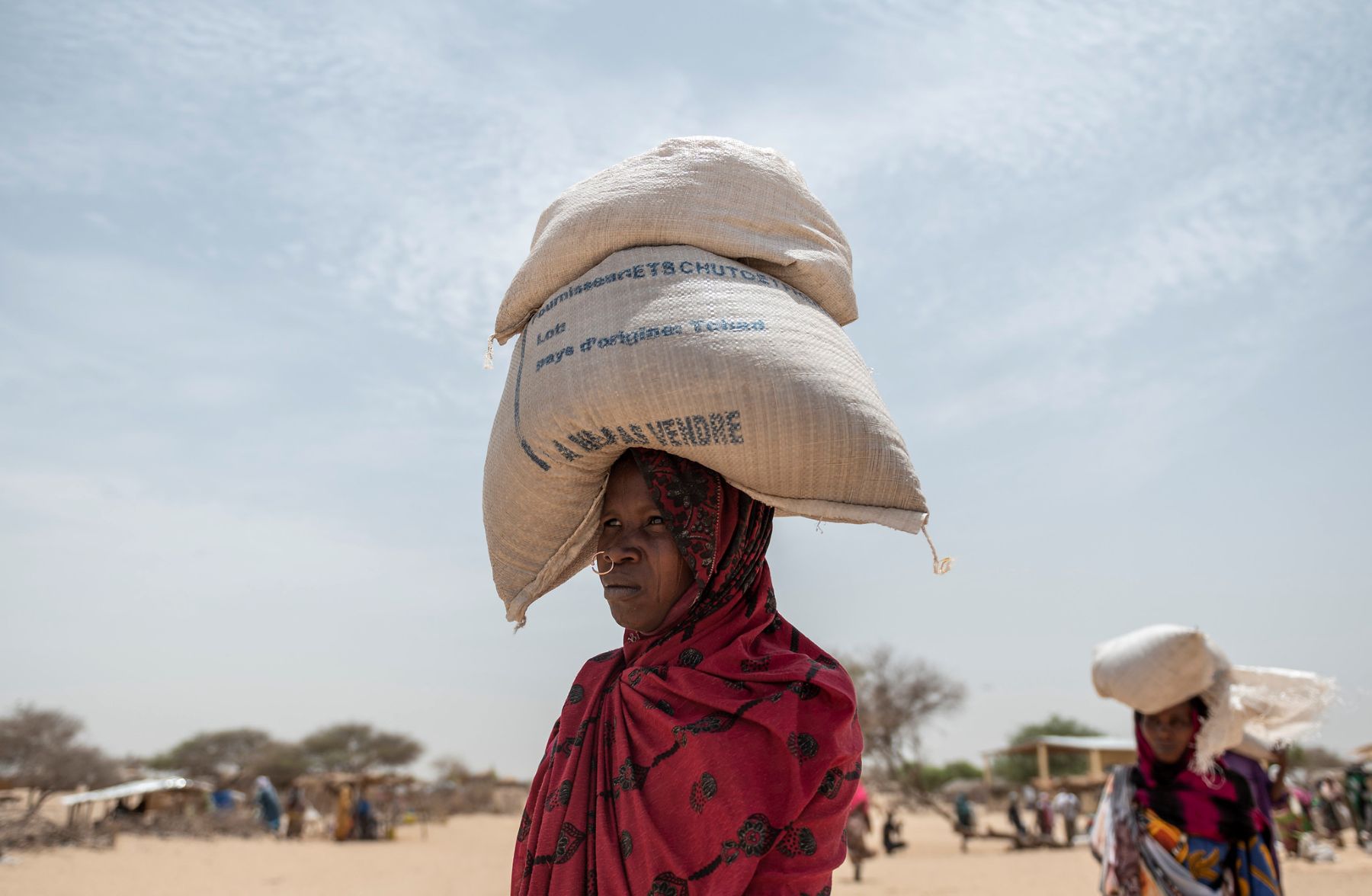In our most recent update to our living Evidence and Gap Map (E&GM) on Food Systems, we see the continuation of several trends: more evaluations of national and transnational programs; fewer evaluations of supplementation and fortification interventions; a shift toward quasi-experimental research; and a dearth of high-quality systematic reviews.
Highlights and new additions
- This update has identified 140 new impact evaluations and 6 new systematic reviews resulting in a total of 2,452 included studies.
- 48 new studies address previously identified gaps, but the overall gaps remain the same.
- One high-confidence systematic review has been added and 5 low-confidence reviews were found in this update. Overall, during the update period few high- and medium-confidence reviews were identified.
- Gender transformative outcomes have been added to the E&GM. In total 19 studies already included in the map measured this outcome and zero were identified when re-screening excluded studies.
- We still see a shift towards more studies considering national and transnational programs, increasing from 9 percent in the original map to 17 percent in the current update and currently 11 percent overall.
- Overall, the trends regarding which interventions are evaluated are similar to the original map, although we see a reduction in supplementation and fortification evaluations and an increase in agricultural education and training evaluations.
- We continue to see a shift towards more quasi-experimental methods, currently comprising 50 percent of studies in the update and 30 percent overall in the E&GM.
Through our living Food Systems and Nutrition E&GM, developed with support from BMZ through GIZ’s “Knowledge for Nutrition” program, we continuously monitor the available evidence on the effects of food systems interventions on food security and nutrition in low- and middle-income countries. This process provides decision-makers and researchers with the most up-to-date evidence and ensures that the map remains current as the evidence base rapidly expands. This project has now been updated six times since it became 3ie’s first living E&GM in 2020. One more update, as well as a final report, will be published before the project is scheduled to close in March 2024 (though we hope to secure funding to keep it alive!). The first five updates are here, here, here, here, and here. (Or if you prefer, those updates are discussed in blog posts here, here, here, here, and here).
In this update covering May-July 2023, we added 146 studies from our standard search process. The E&GM now includes a total of 2,452 studies. In the original map, we identified several evidence gaps. Although we have identified a few new studies in these areas, as noted in our mid-term report, for the most part these areas still stand as gaps in the literature.
Two of the gaps identified in the original E&GM were in the area of women’s empowerment and limited reporting of environmental outcomes. Update 1-6 have identified some studies covering these gaps. These include one study evaluating a women’s empowerment intervention, six studies measuring women’s empowerment outcomes, and three studies measuring environmental outcomes. The newly-identified studies measuring environmental outcomes include a study evaluating the effect of agricultural investment subsidies in Moldova (Mollers et al., 2022). The results suggested positive effects on a number of outcomes, including decreased use of fertilisers, reduced erosion, and better environmental protection.
The updates have shown a large reduction in the publication of systematic reviews, particularly those that adhere to best practices in SR methodology. Only one new review has been rated as high-confidence and three as medium-confidence. This pattern means the synthesis evidence base is becoming outdated, because it is not being replenished with quality synthesis of the latest evidence.
Expansions of the map
We have made a number of extensions to the map this year. We added a year filter to the map to allow users to search for evidence from specific years. We also expanded the inclusion criteria for women’s empowerment interventions, so any such program is now included, not just those that take place within the context of food systems. Gender transformative interventions are also now included as a separate intervention within the empowerment category. Gender transformative interventions differ from women’s empowerment interventions in that they aim to influence structural and relational aspects of inequality, while women’s empowerment interventions focus specifically on women and increasing their access to resources, female representation as well as focusing on their rights (Wong et al. 2019).
The map also has a new outcome category for gender transformative outcomes. Although most gender transformative outcomes have been included under our current definition of women’s empowerment outcomes, we previously excluded studies that only consider gender norms regarding men. Therefore, we have re-screened studies that were previously excluded to check whether any of them measure this kind of gender transformative outcome. However, no additional studies were identified based on this criterion.
We have also re-assessed studies that were previously categorized as measuring women’s empowerment outcomes to re-consider if these should be coded as measuring gender transformative outcomes instead. In total, we found 19 included studies measuring gender transformative outcomes. Most of the gender transformative outcomes measured were measures of change in gender attitudes and gender norms. For example, one study evaluated apple production self-help groups for women in Southern Ethiopia. The researchers looked at the difference in women’s attitudes about their status but also men’s attitudes concerning the status of women, such as opinions about women’s involvement in politics, and women’s rights to control resources. The evaluation showed positive effects on attitudes in targeted communities, while at the household level there was an increase in conflicts between spouses in relation to control of household resources (Alemu, Kempen and Ruben, 2018).
For the next update, we will also add a new set of interventions relating to social protection, cash transfers, social assistance, and social insurance programs. These will be identified through a novel search and screening process.
Further information on additions to the Food Systems and Nutrition E&GM can be found here. If you are interested, you can find other publications related to the map here and the map itself here.









